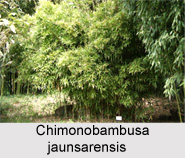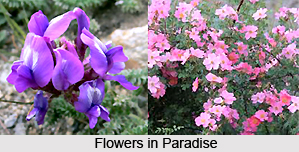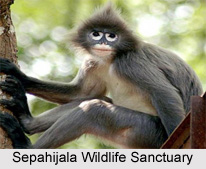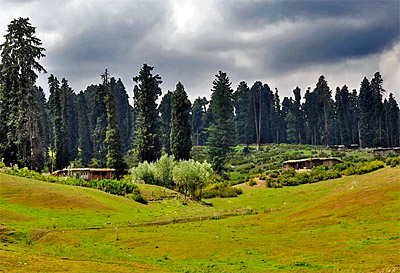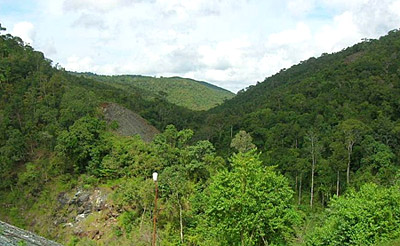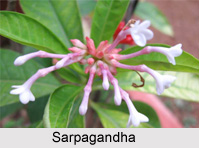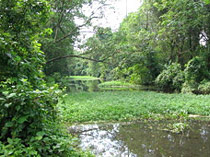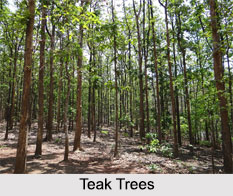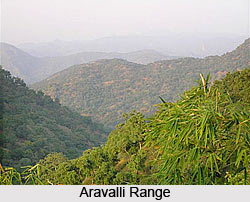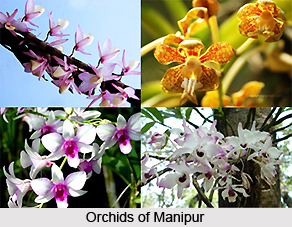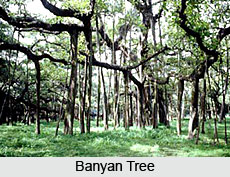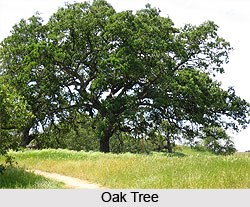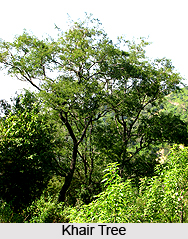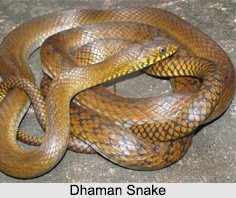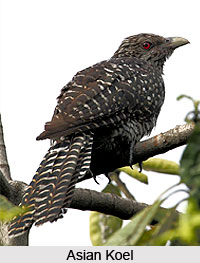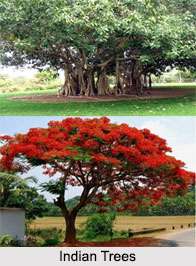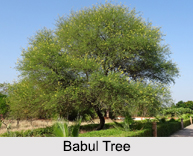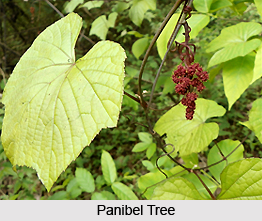 Panibel an Indian medicinal plant is largely used for healing and curative purposes. Ampelocissus latifolia is its scientific name. There are several other common names of Panibel in India. The other name of Panibel in Hindi language is dokarbel. Further, in Bengali language it is known as govila; in English language Panibel is popularly called as jungle angoor or jungle grave vine. Junglidrakh is the name used for Panibel in Gujarati language, in Kannada language it is popularly known as kaadu drakshi; in Malayalam language Panibel is also known as karantavalli and valiyapirappitikha. Moreover, in Marathi language golinda is the name commonly used for Panibel; in Oriya language it is called with names like dibroli and kanjianoi. There are various names of Panibel in Sanskrit language like amlavetasah, amrtasrava. ghanavalli, paniyavalli, sitalata, toyavalli and vrksaruha. Kattukkodimundirigai is its Tamil term and bedasativva is the name used for this plant in Telegu language. Panibel is generally found throughout most parts of India, basically to an altitude of 1200 metres in the sub-Himalayan hills and Western Ghats mountain range, typically in hedges.
Panibel an Indian medicinal plant is largely used for healing and curative purposes. Ampelocissus latifolia is its scientific name. There are several other common names of Panibel in India. The other name of Panibel in Hindi language is dokarbel. Further, in Bengali language it is known as govila; in English language Panibel is popularly called as jungle angoor or jungle grave vine. Junglidrakh is the name used for Panibel in Gujarati language, in Kannada language it is popularly known as kaadu drakshi; in Malayalam language Panibel is also known as karantavalli and valiyapirappitikha. Moreover, in Marathi language golinda is the name commonly used for Panibel; in Oriya language it is called with names like dibroli and kanjianoi. There are various names of Panibel in Sanskrit language like amlavetasah, amrtasrava. ghanavalli, paniyavalli, sitalata, toyavalli and vrksaruha. Kattukkodimundirigai is its Tamil term and bedasativva is the name used for this plant in Telegu language. Panibel is generally found throughout most parts of India, basically to an altitude of 1200 metres in the sub-Himalayan hills and Western Ghats mountain range, typically in hedges.
Panibel is an extensive, scarcely woody plant, having glabrous climber with slender, and with hollow stems of around 3 to 6 metres long and 7.5 to 12 mm in diametre. This medicinal plant has a smooth bark, green coloured with a hint of purple, especially at the nodes, and is covered with a thin glaucous bloom with forked tendrils. Leaves of Panibel are simple, glossy, orbicular, around 3 to 7 angled or lobed, 12.5 to 25 cm across, with crenate-dentate margins, base is nerved; petioles variable in length up to 20 cm and is deeply grooved above. Its flowers are around 2.5 mm in diametre, reddish-brown, borne in pyramidal, and are panicled too, with pubescent cymes on a very stout peduncle together with a forked tendril; petals are curved, glabrous on both surfaces; stamens are bright yellow coloured. Berries are globose, 7.5 to 9 mm in diametre, black in colour, succulent, and generally 2 seeded. In central India flowering occurs mainly in July and August and fruiting from September to November
The medicinal properties and uses of Panibel are huge. Like for instance, the juice of the tender leaves of this plant is used to relieve dental troubles. It is also used as a detergent for indolent ulcers. The roots are used as astringent, and their decoction is taken to treat chronic dysentery; the crushed roots are applied to promote healing of wounds. The Santhal tribe of Bihar uses this plant to relieve muscular pains, sores and to promote healing of broken bones. In Kerala, this plant is one of four Vitaceae species used as the source the Ayurvedic drug Amlavesasah, that is used to treat indigestion, liver and spleen diseases, and respiratory disorders, the other three species being Cavratia trifolia, Cissus repens and C. vitiginea; it is an ingredient of a number of compound Ayurvedic preparations.
